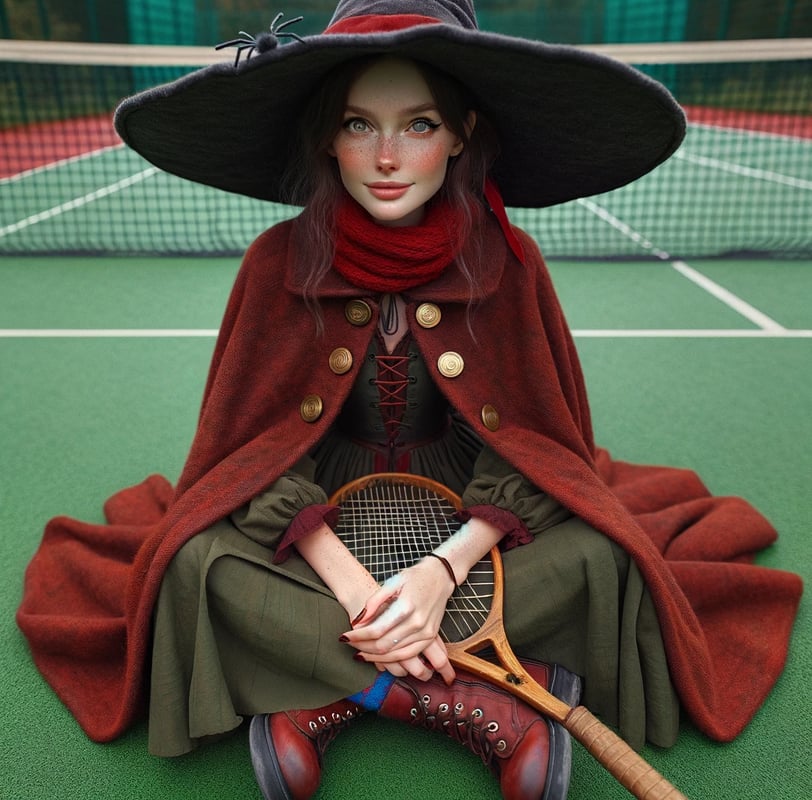The history of Witches in the USA
A brief outline of the turn around in the attitudes to witches in the USA


The Evolution of Witches in the USA: From Persecution to Acceptance
The concept of witches and witchcraft in the United States has evolved significantly over the centuries. From the dark days of the Salem Witch Trials to the vibrant, diverse modern witchcraft communities, the journey of witches in America is a fascinating narrative of fear, resilience, and transformation.
The Dark Beginnings: Salem Witch Trials
The infamous Salem Witch Trials of 1692-1693 mark one of the earliest and most notorious chapters in American witchcraft history. In the Puritan settlement of Salem, Massachusetts, a wave of hysteria led to the execution of 20 people and the imprisonment of many others on charges of witchcraft. The trials were fuelled by a combination of social tensions, religious fervour, and personal vendettas. This tragic period highlighted the dangers of mass hysteria and theocratic governance, ultimately leading to a critical reassessment of the justice system in New England.
The 19th Century: Spiritualism and Social Shifts
The 19th century brought significant changes to the perception of witchcraft in America. The Spiritualism movement, which emerged in the mid-1800s, proposed that the dead could communicate with the living through mediums. Many women became spiritual leaders and mediums, which sometimes led to accusations of witchcraft. Although witches were still often seen as figures of fear, the era marked a shift towards a more nuanced understanding of spiritual practices.
Modern Witchcraft: Diversity and Resurgence
Modern witchcraft in the USA encompasses a broad spectrum of beliefs and practices, often collectively referred to as neopaganism. Among the most well-known modern traditions is Wicca, introduced to the United States in the 1950s by Englishman Gerald Gardner. Wicca is a neopagan religion that worships a goddess and a god, practices magic, and observes seasonal festivals known as Sabbats. It emphasizes the duality of deities, the cycles of nature, and the practice of ritual magic.
Other forms of modern witchcraft include eclectic witchcraft, where practitioners draw from various traditions and tailor their practices to fit personal beliefs, and traditional witchcraft, which focuses on older pre-Christian traditions. Hedge witchcraft, emphasizing herbalism and working with nature spirits, also enjoys popularity among contemporary witches.
Witchcraft in Pop Culture
Pop culture has played a significant role in shaping public perceptions of witches in the USA. Television shows like "Bewitched" and "Charmed," as well as the "Harry Potter" book series, have popularized witchcraft and introduced it to a broader audience. These media representations have contributed to a more nuanced and sometimes romanticized view of witches, moving away from the fear and suspicion that characterized earlier eras.
Contemporary Witch Communities
Today's witches often find community and support through both online and offline platforms. Social media, blogs, and forums provide spaces for witches to connect, share knowledge, and build communities. Festivals and gatherings, such as Pagan Pride Day and various witchcraft conferences, offer opportunities for education, celebration, and community building.
Modern witches also engage in social and environmental activism, aligning with the values of many neopagan beliefs. Issues like environmental conservation and social justice are often at the forefront of witchcraft communities' activism.
Legal and Social Status
In the modern era, witches in the USA are legally protected under the First Amendment, which guarantees freedom of religion. This legal protection extends to various aspects of public life, including the presence of Wiccan chaplains in the U.S. military, who serve the spiritual needs of service members practicing witchcraft.
Despite these legal protections, witches can still face social stigma and misunderstanding. Efforts by witch communities to educate the public and advocate for acceptance are crucial in reducing prejudice and promoting a more inclusive society.
Conclusion
The journey of witches in the USA is a testament to the country's evolving understanding of religious freedom, cultural diversity, and social justice. From the dark days of the Salem Witch Trials to the vibrant, diverse modern witchcraft communities, witches in America have transformed from figures of fear and persecution to respected practitioners of a rich and varied spiritual tradition. As society continues to evolve, the acceptance and understanding of witchcraft are likely to grow, reflecting broader trends towards inclusivity and respect for diverse beliefs.
